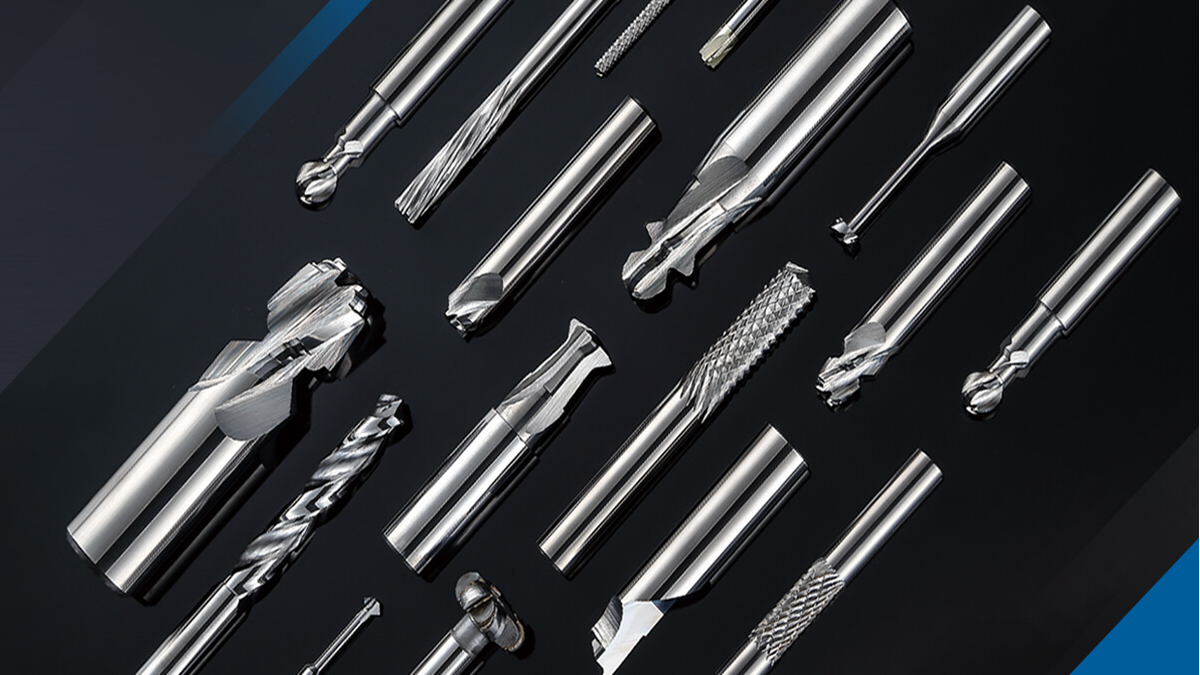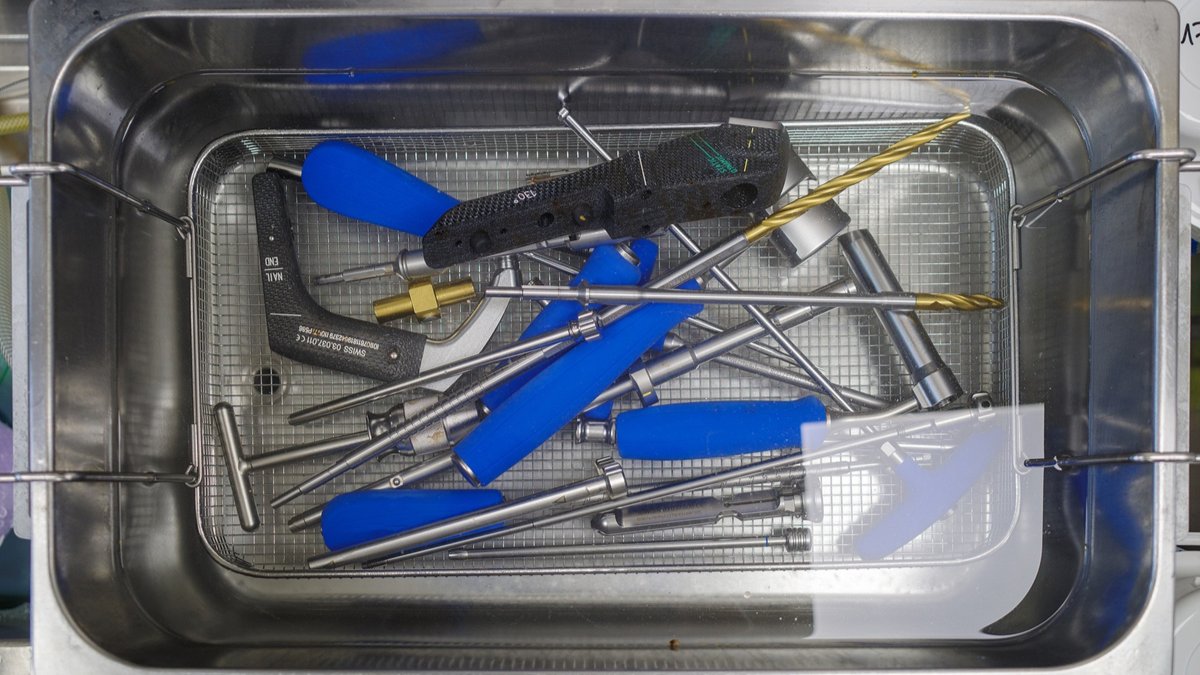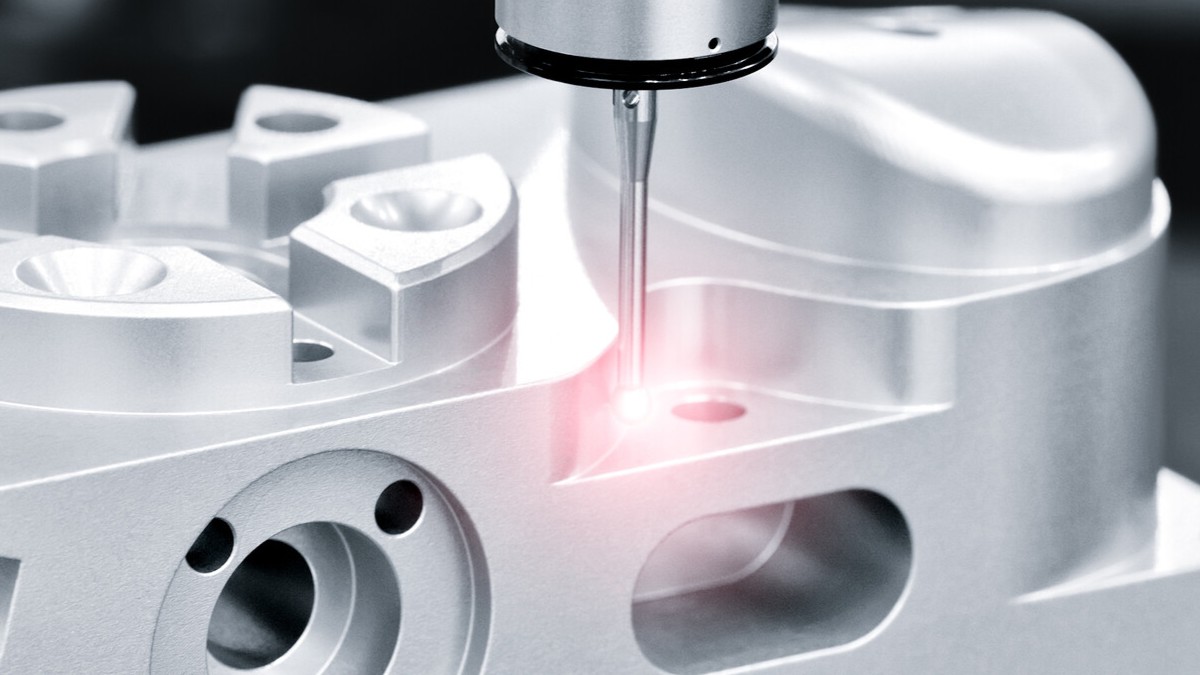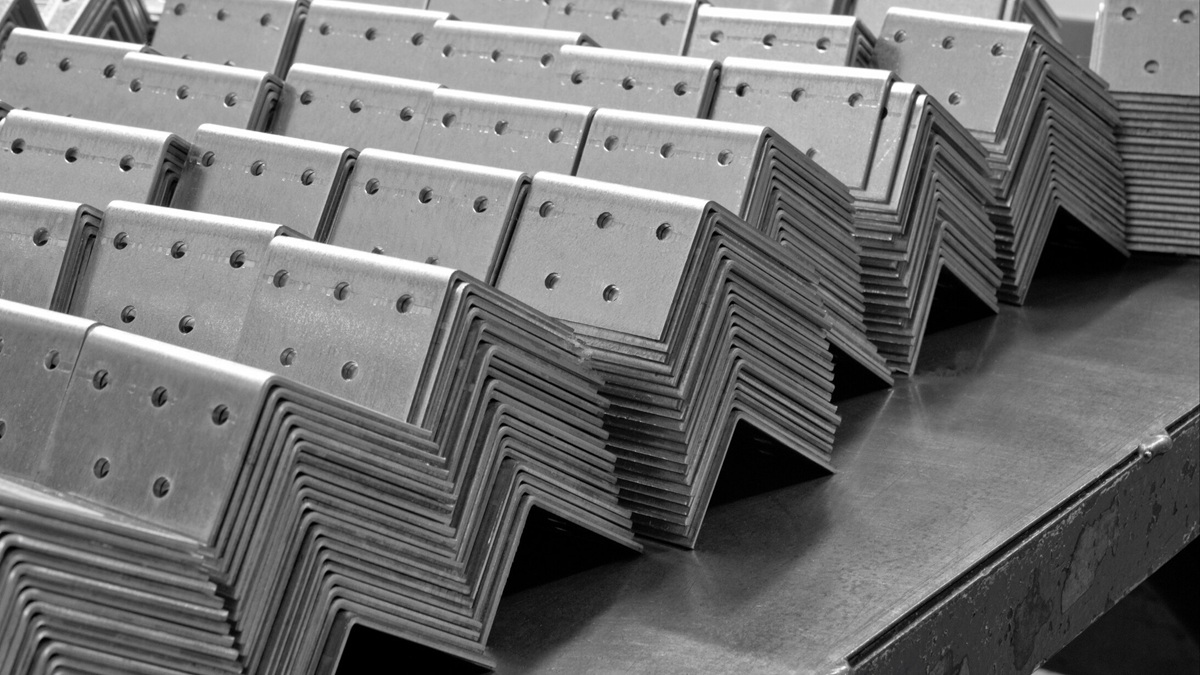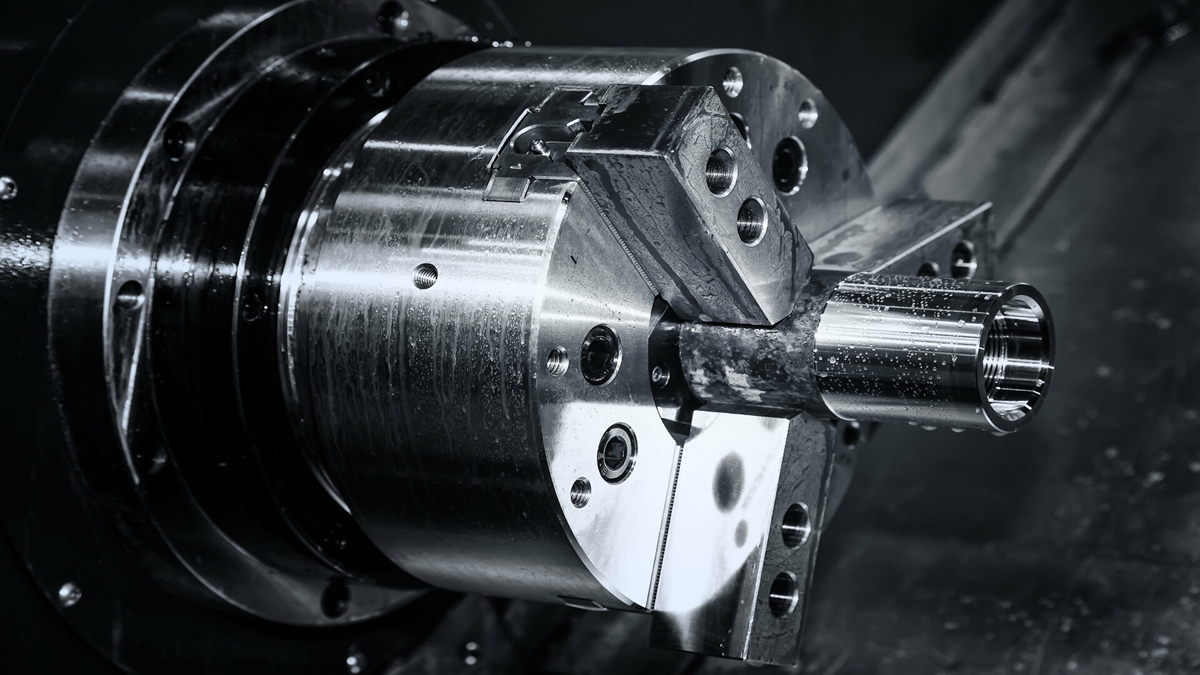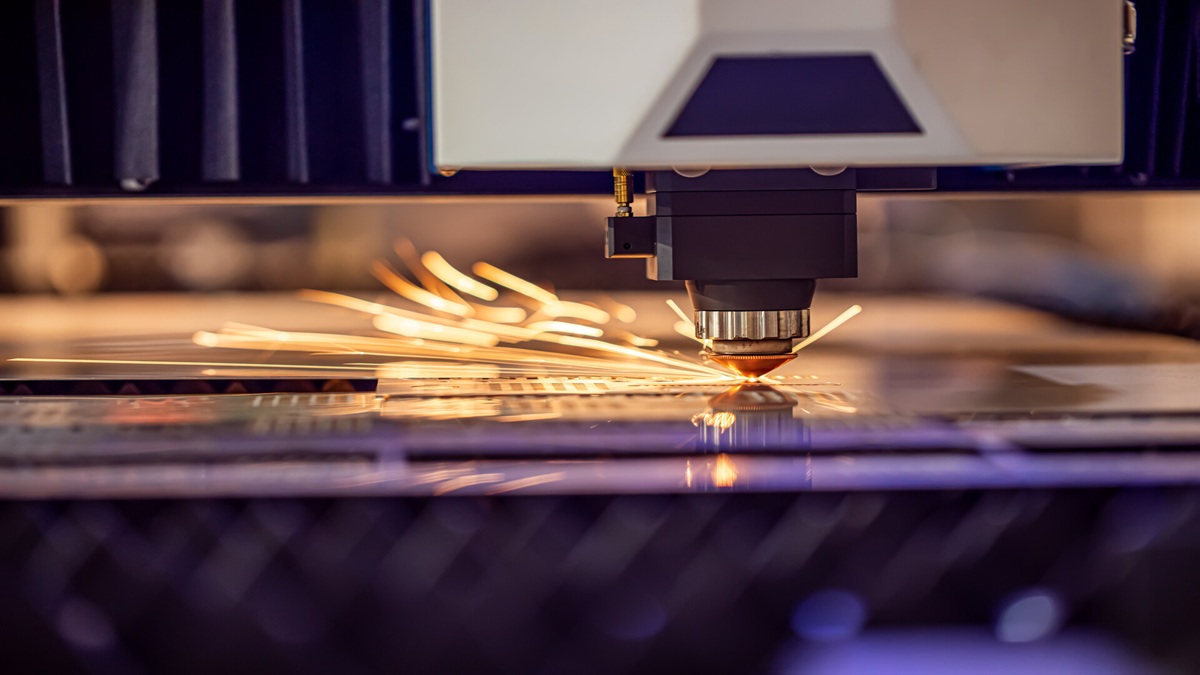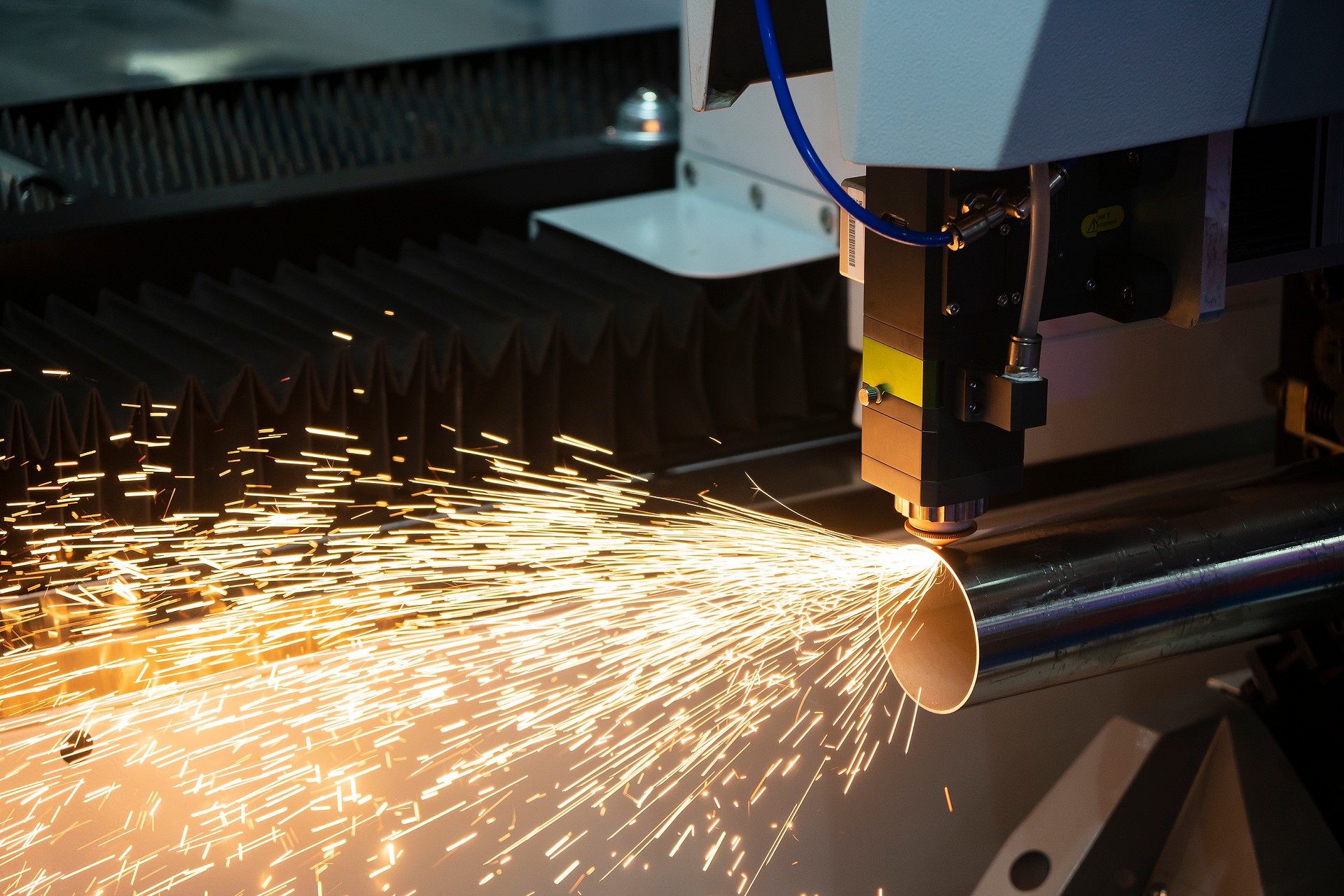Thickness gauges are instruments used to measure the thickness of materials and objects to meet various high-precision measurement and testing needs.
What is a Thickness Gauge?
Thickness gauges are instruments used to measure the thickness of materials and objects. It is often used in industrial production to continuously sample the thickness of products, such as steel plates, steel strips, films, papers, metal foils, and other materials.
Thickness gauges can be used to measure the thickness of rolled strips online and output them in the form of electrical signals. The electrical signal is output to the display and the automatic thickness control system to realize the automatic thickness control (AGC) of the strip thickness.
What Thickness Gauges are There?
Common thickness gauges include gamma rays, beta rays, x-rays, and isotope rays, and they are placed at the exit or entrance side of the strip mill. When designing and installing the thickness gauge, it should be as close to the work roll as possible, to reduce the lag time of plate thickness adjustment. Thickness gauges include radioactive thickness gauges that utilize the penetration characteristics of alpha rays, beta rays, and gamma rays; ultrasonic thickness gauges that use ultrasonic frequency changes; Eddy current thickness gauges that use the principle of eddy current thickness, etc.
An instrument for measuring the thickness of the material itself or the thickness of the coating on the surface of the material. The thickness of some components must be measured during manufacturing and maintenance. To understand the thickness and specification of the material. The uniformity of each point, and the degree of corrosion and wear of the material. Sometimes the thickness of the covering layer on the surface of the material must be measured to ensure product quality and production safety. According to the different measurement principles, the commonly used thickness gauges include ultrasonic, magnetic, eddy current, and isotope.
- Ultrasonic thickness gauge:
The speed of sound of ultrasonic waves in various media is different, but the speed of sound in the same medium is constant. When the ultrasonic wave propagates in the medium and encounters the second medium, it will be reflected, and the interval time from the transmission to the reception of the ultrasonic pulse can be measured, and the interval time can be converted into thickness. This type of thickness gauge is the most widely used in the power industry. It is often used to measure the thickness of boiler drums, heating surface pipes, pipes, etc., and is used to check the structural dimensions of workpieces. Most of these thickness gauges are portable, with a volume similar to that of a small semiconductor radio, and the display of thickness values is mostly digital. For steel, the maximum measured thickness is about 2000 mm, and the accuracy is between ±0.01 and ±0.1 mm.
- Magnetic thickness gauge:
When measuring the magnetoresistance of various magnetically conductive materials, the measured value will change. Due to the thickness of the non-magnetically conductive coating on the surface. Using this change, the thickness of the cover layer can be measured. It is often used to measure the thickness of the sprayed aluminum layer, plastic layer, electroplating layer, phosphating layer, and paint layer on the surface of ferromagnetic metal.
- Eddy current thickness gauge:
When the probe coil carrying high-frequency current is placed on the surface of the metal to be measured, eddy current is generated in the metal body due to the action of the high-frequency magnetic field, and the magnetic field generated by this eddy current reacts on the probe coil, causing its impedance to occur. The amount of change is related to the distance of the probe coil from the metal surface (that is, the thickness of the cover layer), so the thickness of the metal surface cover layer can be indirectly measured according to the change of the probe coil impedance. It is often used to determine the thickness of oxide films on aluminum or other insulating coatings on aluminum and copper surfaces.
- Isotope thickness gauge:
It can measure the thickness of thin steel, thin copper, thin aluminum, silicon steel, alloy sheet, and other metal materials and rubber sheets, plastic films, paper, etc. Commonly used isotope rays are gamma rays and beta rays.
Where Can Infrared Thickness Gauges be Used?
- Paper substrate:
- Adhesive coating: water-based or oil-based, wet, or dry, with an accuracy of 0.15g/m2.
- Adhesive coating: hot melt adhesive, dry test, the accuracy is 0.2g/m2.
- Clay/latex coating: wet test, the accuracy is 0.2g/m2, and the concentration of the solution needs to be maintained.
- Force frame coating: wet test or dry test, the accuracy is 0.15g/m2.
- Microcapsule coating: wet test, the accuracy is 0.2g/m2, and the concentration of the solution needs to be maintained.
- Extrusion plastic coating: dry test, the accuracy is 0.1g/m2.
- Plastic emulsion coating: wet test or dry test, the accuracy is 0.2g/m2.
- Wax coating: dry measurement, the accuracy is 0.2g/m2.
- Film substrate:
- Water-based adhesive coating: wet test or dry test, the dry test may be affected by different films, and the accuracy is 0.2g/m2.
- Water-based emulsion coating: wet test, the accuracy is 0.15g/m2.
- Metal substrate:
- Adhesive coating: the same as the paper substrate.
- Enamel paint: Since enamel paint is usually rare, a special long-wave test head needs to be customized.
- Plastic coating: dry test, the accuracy is 0.1g/m2.
- Wax coating: dry test, the accuracy is 0.15g/m2.
How to Use the X-RAY Thickness Analyzer?
X-rays are widely used in various non-destructive testing. In addition to common penetrating inspections, elemental analysis can also be performed through the characteristics of exciting elements to generate fluorescence. In addition to the simple qualitative and quantitative analysis of elements, the application of X-ray fluorescence (XRF) can be used to analyze the thickness of the coating through this technology. Through the X-ray excitation of the returned signal on the metal coating, the thickness of the coating can be distinguished. As shown in the example below, the copper (Cu) substrate is plated with tin (Sn). And the thickness of the tin plating layer is calculated according to the relationship between the two signals.
- Hardware materials:
Metal coatings are applied to many hardware materials. For example, screw fasteners are often coated with a layer of zinc or nickel. In addition to aesthetics, the function is to prevent scratches and corrosion. The thickness of the coating is an important indicator of the effect of these two functions. Therefore, the industry will confirm the coating thickness of screw fasteners through the X-RAY thickness gauge as a key item of quality management. At the same time, the data of production process parameters can be further integrated to make AIoT (smart production factory).
- Electronics industry:
Many high-unit-price electronic products such as CPU, PCB, and various IC substrates/substrates (mobile phones, 5G equipment, image card ICs) will have electroplating processes in the surface treatment process. The inspection and confirmation of the coating thickness are important. Among them, the common surface manufacturing processes are ENIG and ENEPIG. The metal is plated layer by layer. The thickness of each layer is about a few microns (um), and the surface cleaning requirements between different coatings are quite strict. It is hoped to reduce contact as much as possible during the process. X-RAY thickness measurement analysis is a non-contact analysis method and is the best solution for surface treatment process measurement.
- Other industries:
The packaging films of medical products, the thickness of battery casings, and automobile-related parts are all common application areas of X-RAY thickness analyzers.
What is Thickness Gage Calibration?
Ultrasonic thickness gauges obtain thickness readings of the sample under test by precise timing of the echoes. To convert these time measurements into thickness measurements, the instrument must be preset according to the sound velocity of the material being measured, various necessary zero offset values required by the instrument, probe type, or echo the shape. This process is often referred to as thickness gauge calibration. The accuracy of any ultrasound measurement depends on accurate and careful calibration. Incorrect calibration can result in inaccurate thickness readings. Fortunately, the calibration process is usually relatively simple.
Many different calibrations for various materials and probes can be stored in the gauge and recalled quickly. Always remember to re-calibrate, or recall an appropriate preset calibration. When the material or probe being tested is changed, or when the temperature of the material being tested has changed significantly. In addition, periodic checks with samples of known thickness are recommended to verify that the gauge is functioning properly.
Precautions for Using the Thickness Gauge:
- During the test, it should be noted that the metal magnetism and surface roughness of the standard piece should be similar to the test piece.
- Keep the side head perpendicular to the surface of the sample during measurement.
- Pay attention to the critical thickness of the base metal when measuring. If it is greater than this thickness, the measurement will not be affected by the thickness of the base metal.
- When measuring, pay attention to the influence of the curvature of the specimen on the measurement. It is therefore unreliable to measure on curved specimen surfaces.
- Before measuring, pay attention to whether other electrical equipment around will generate a magnetic field. It will interfere with the magnetic thickness measurement method.
- When measuring, be careful not to measure at the inner corner and near the edge of the test piece, because the general thickness gauge is very sensitive to the sudden change of the surface shape of the test piece.
- Keep the pressure constant during measurement, otherwise it will affect the measurement reading.
- During the test, pay attention to the direct contact between the instrument probe and the test piece, so the ultrasonic thickness gauge removes the attached material on the opposite side.





.png)
